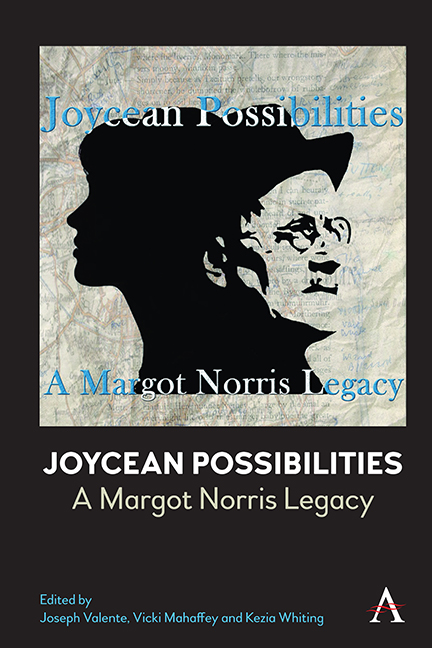14 - Hobgoblins in Dublin: Joyce’s “Circe” and The World of the Work
Published online by Cambridge University Press: 20 April 2024
Summary
The idea that literature transports readers to another place, a world apart from the one in which they live and breathe, has long been supported by anecdotal evidence. Narrative theorists have, since the 1990s, been trying to understand and codify this feeling of occupying, for however long a time, a world that seems to emerge out of the text itself. Drawing on semantic theory, analytic philosophy and the philosophy of logic, theorists such as Lubomir Doležel and Marie-Laure Ryan have developed sophisticated tools for describing literary worlds. Their approach, possible worlds theory, requires the reader to negotiate among different kinds of worlds. Doležel draws a distinction between a possible world, one “that is thinkable,” and an impossible world, one “that contains or implies a logical contradiction.” The emphasis on the “thinkable” refers to the foundations of possible-worlds theory in semantics, philosophy, natural science, historiography, and fiction. Doležel writes that “[f ]or various cognitive aims various kinds of possible worlds can be stipulated.” “Thinkable” fictional worlds differ from the other kinds, primarily on the basis of “truth conditions.” Semantic, logical, scientific, and historical discourses are world-imagining, while fictional discourse is world-constructing; the former, “as representations of the actual world[,] are subject to truth-valuation”; the latter, is “outside truth-valuation,” because fictional sentences “are neither true nor false.” Fictional worlds cannot be inhabited by the reader, according to Doležel; however “[a]ctual persons, authors and readers” who wish to cross “the world boundary between the realms of the actual and possible”4 can find access through the very material of textual art. One starts with “semiotics and text theory,” for “fictional worlds are accessed through semiotic channels and by means of information processing.”
- Type
- Chapter
- Information
- Joycean PossibilitiesA Margot Norris Legacy, pp. 207 - 222Publisher: Anthem PressPrint publication year: 2022

